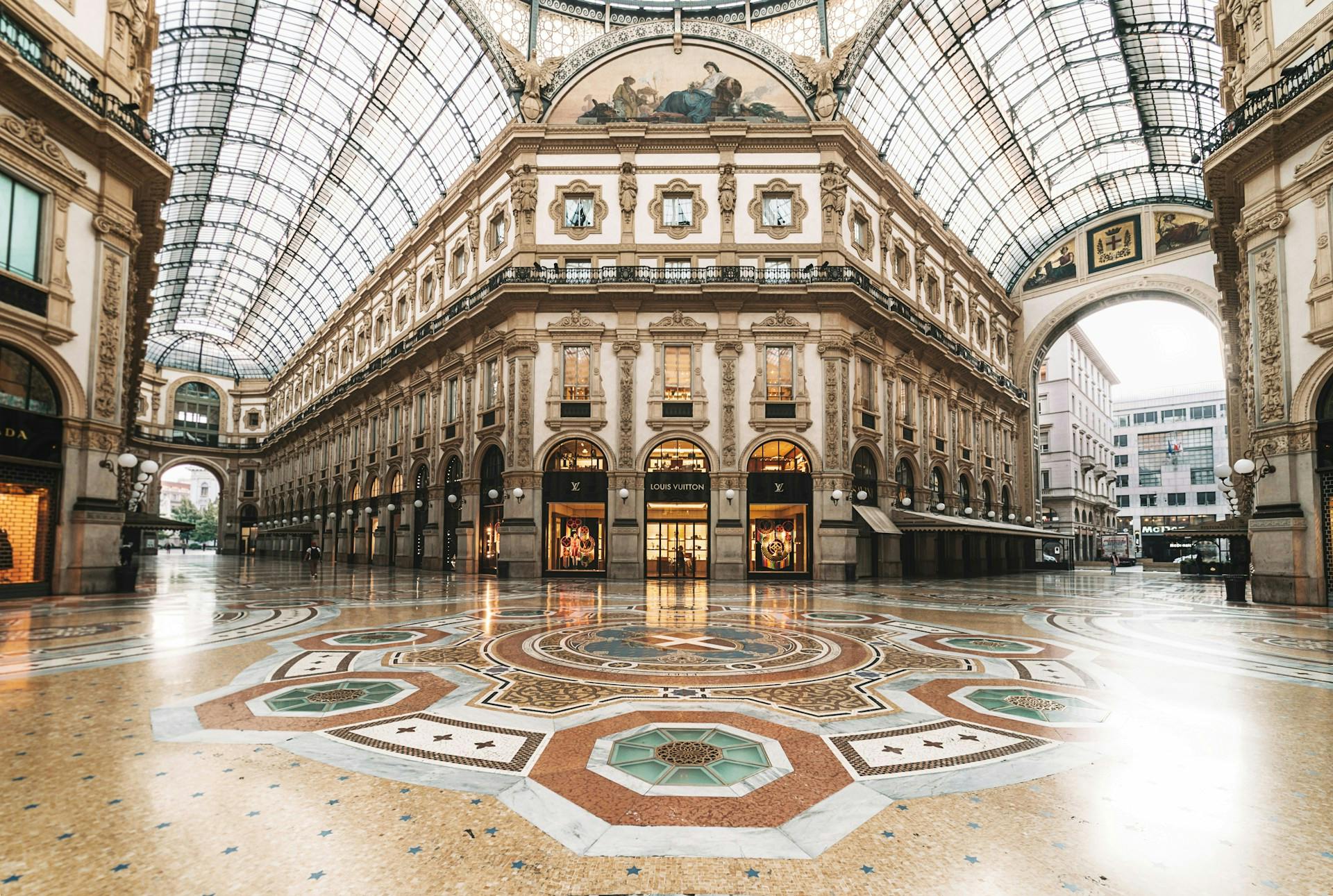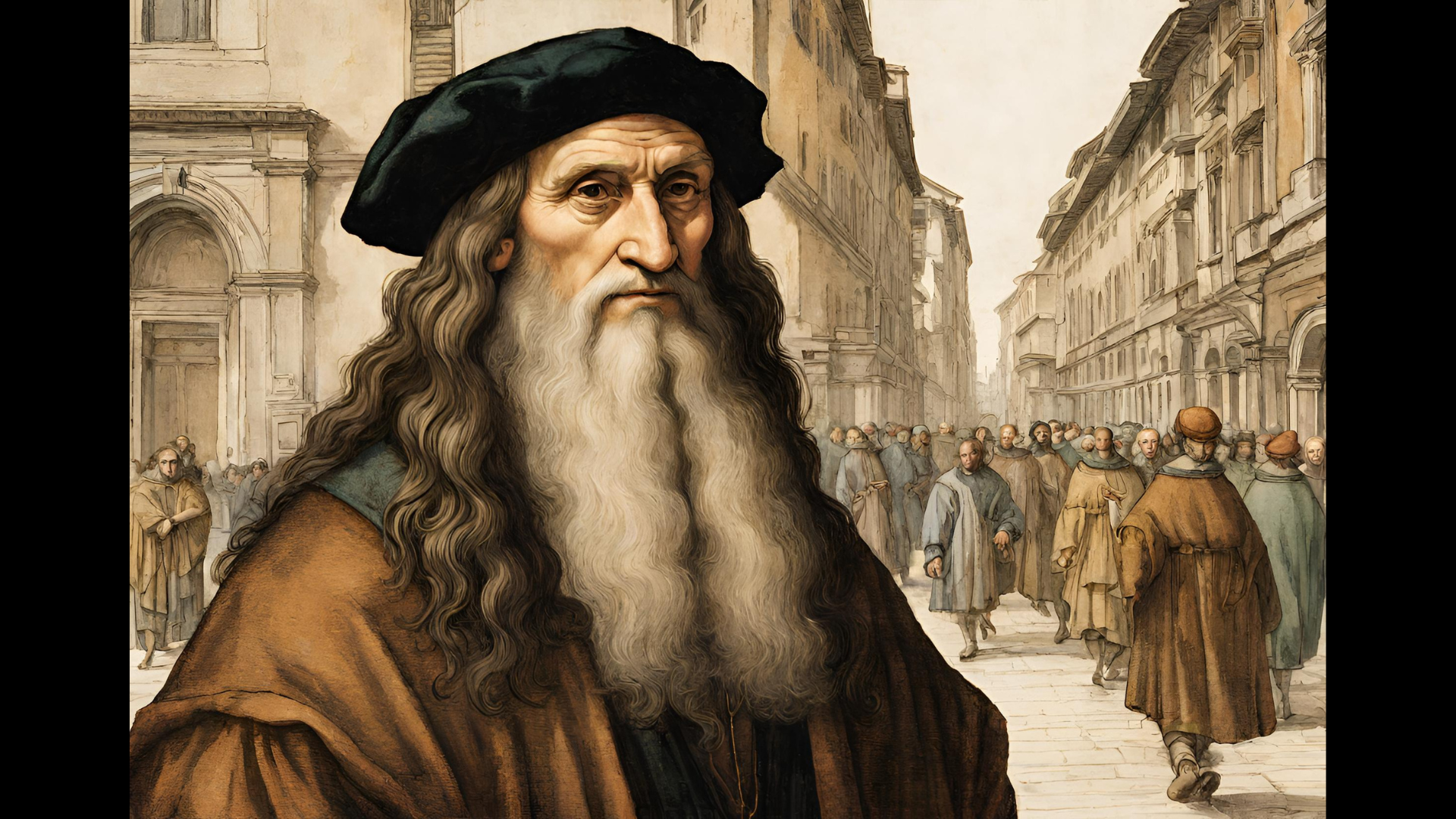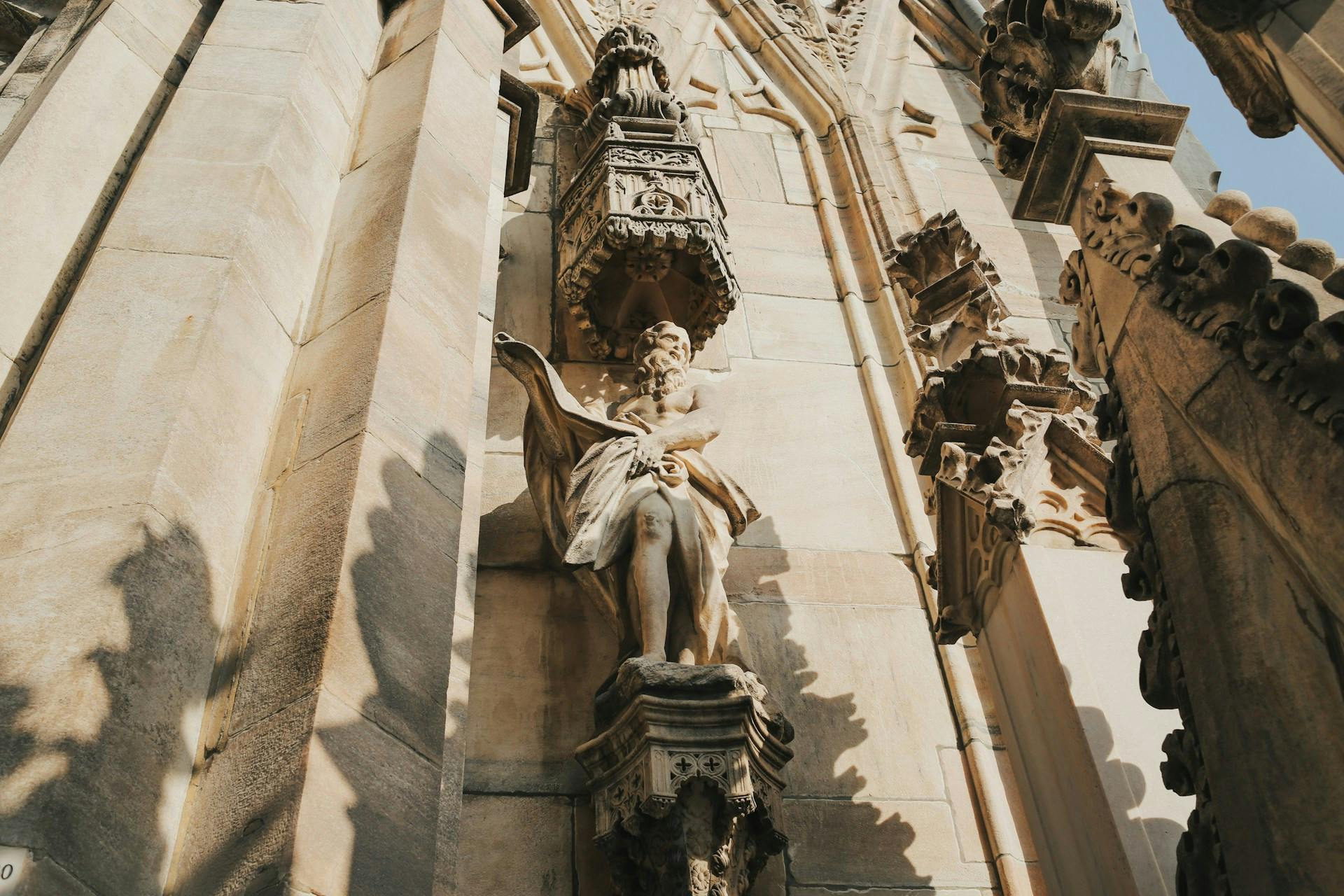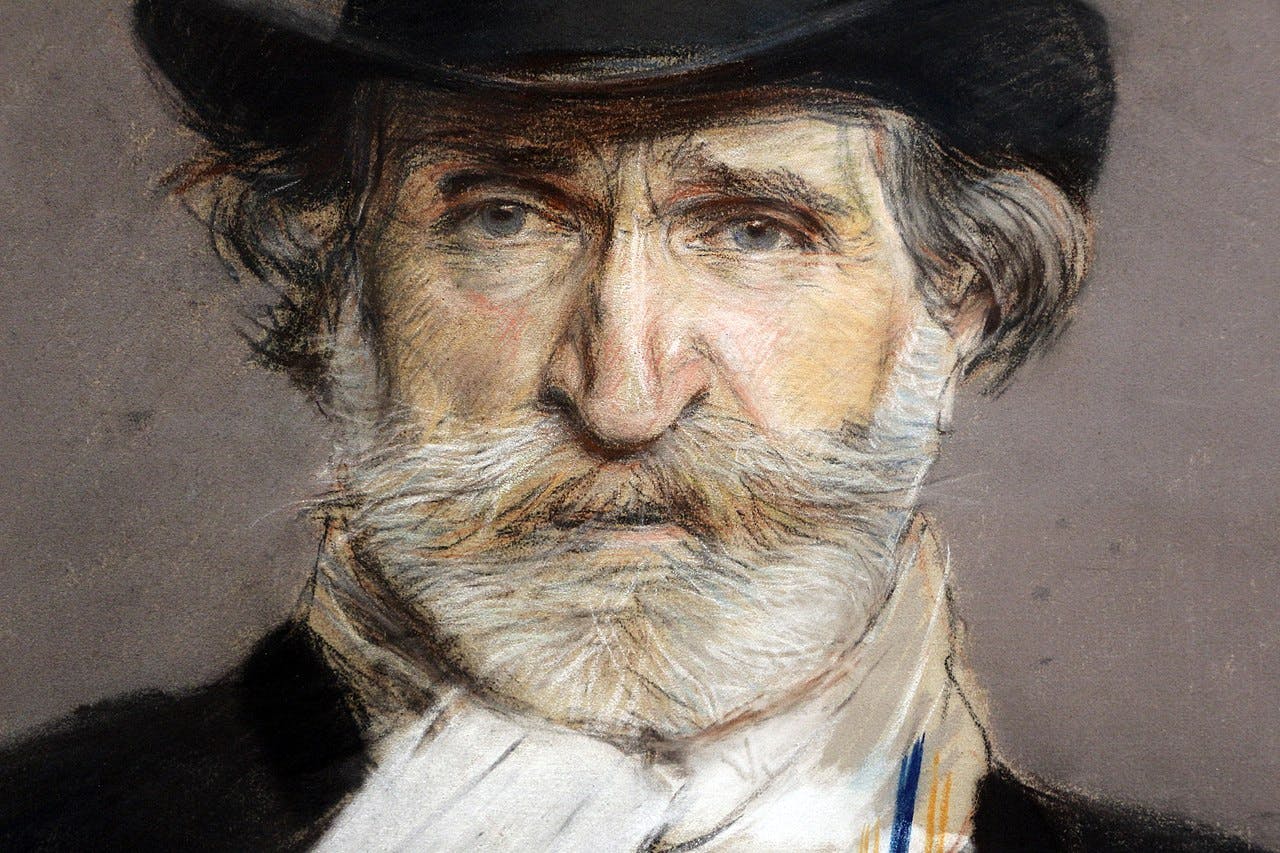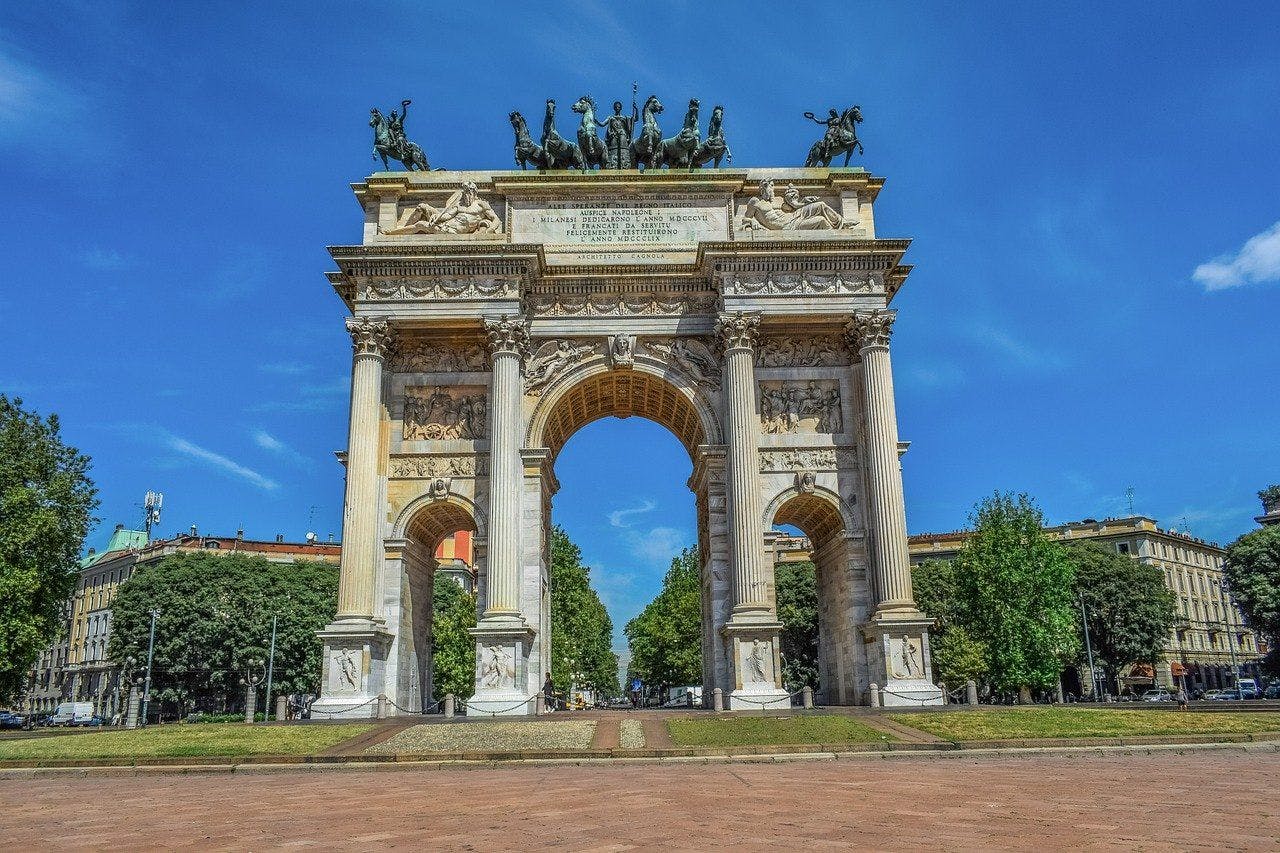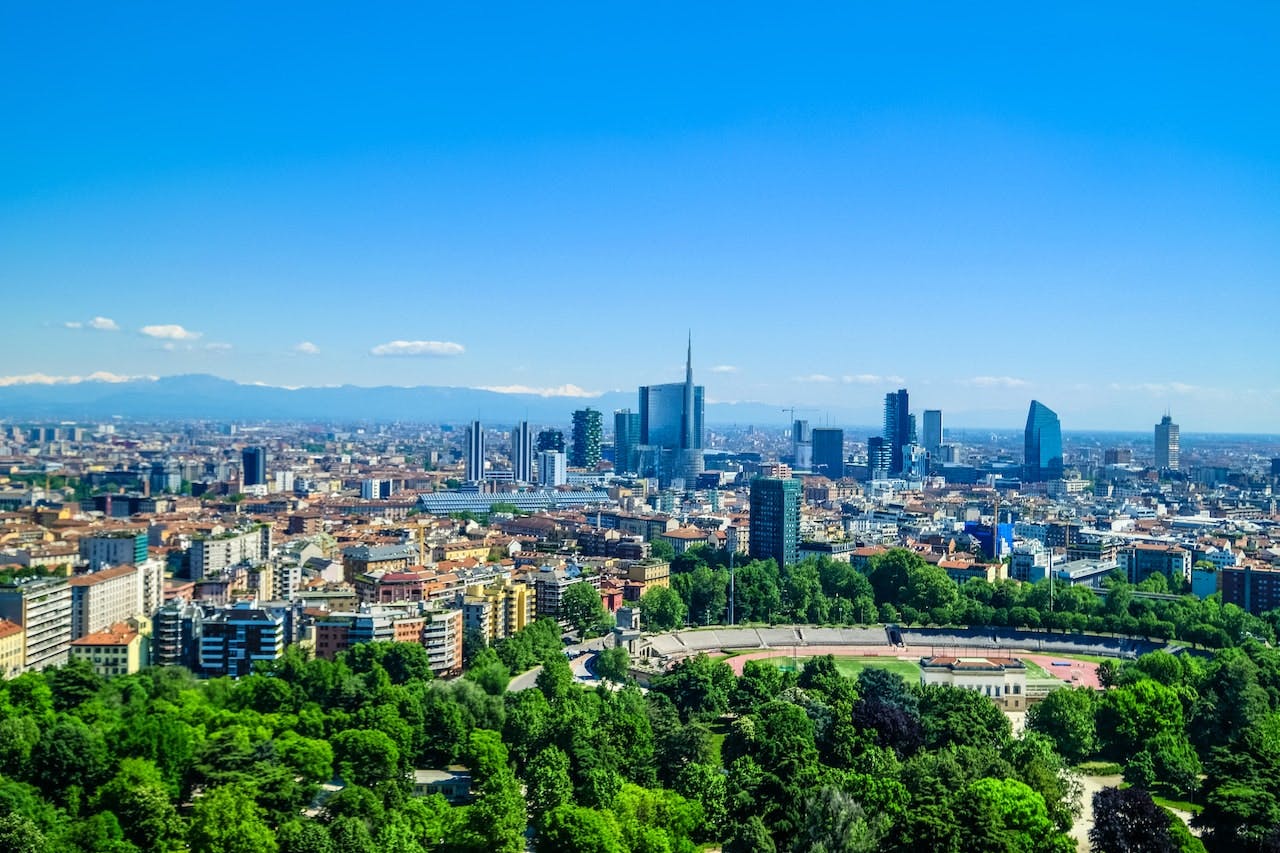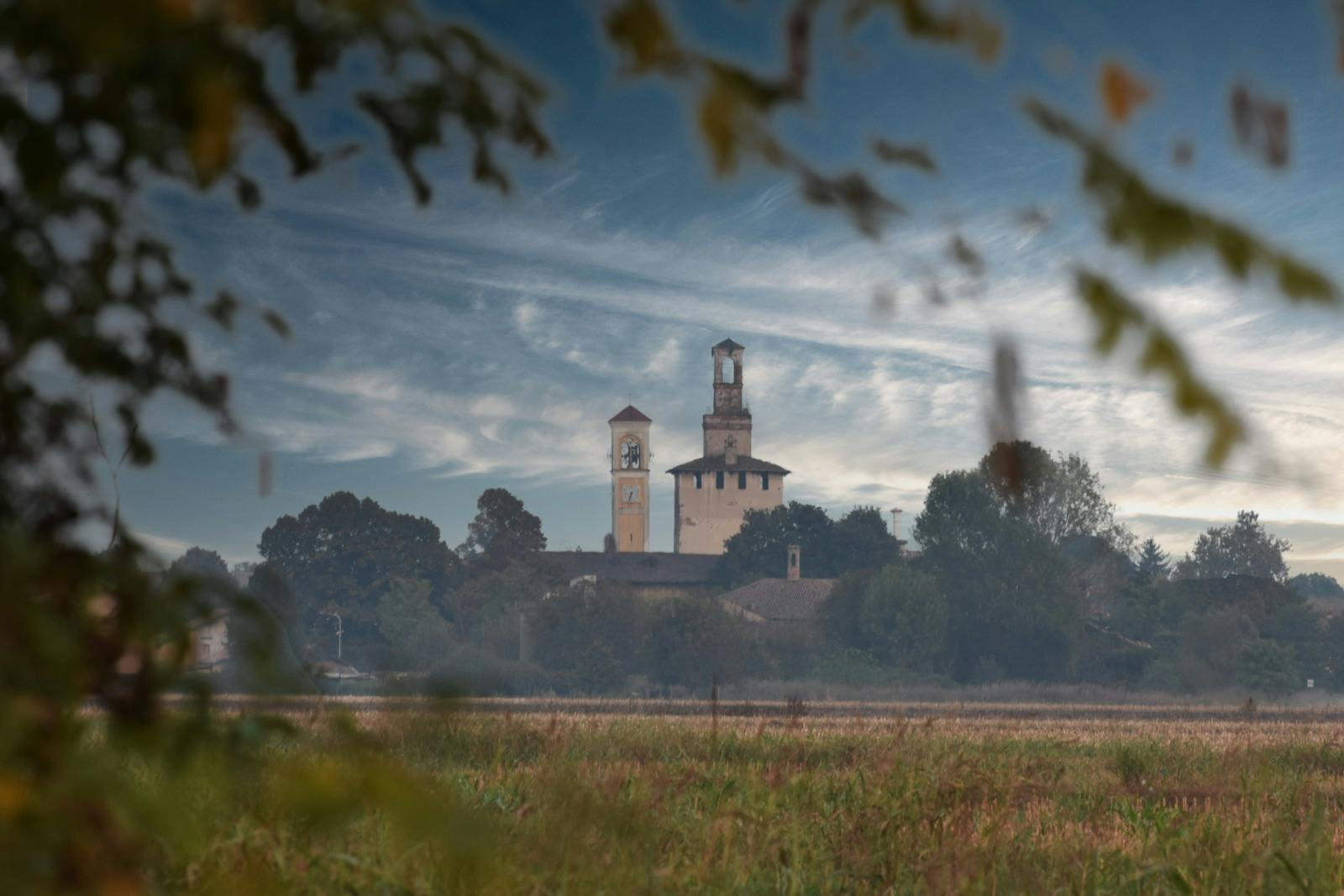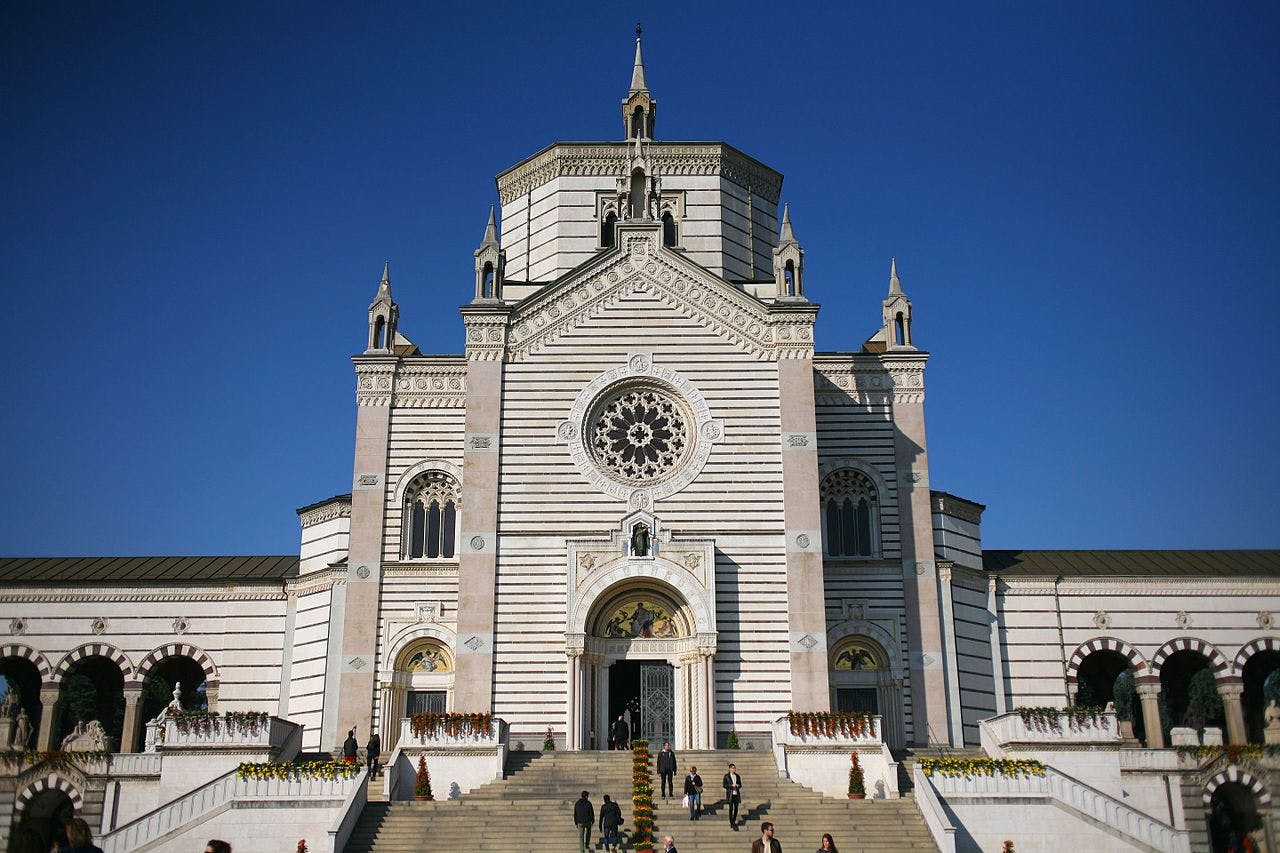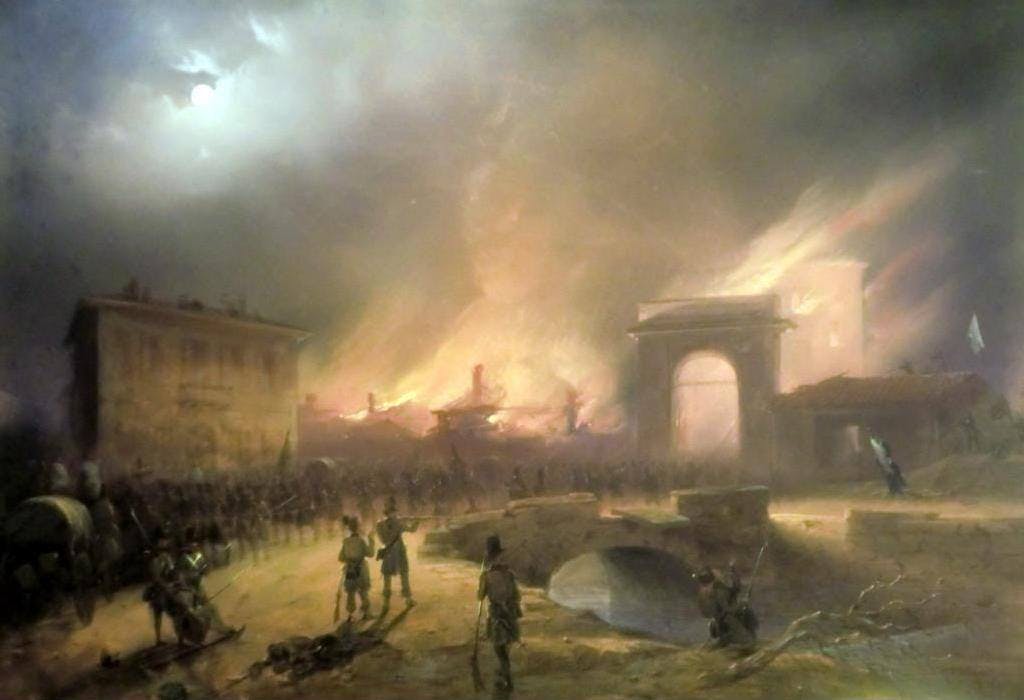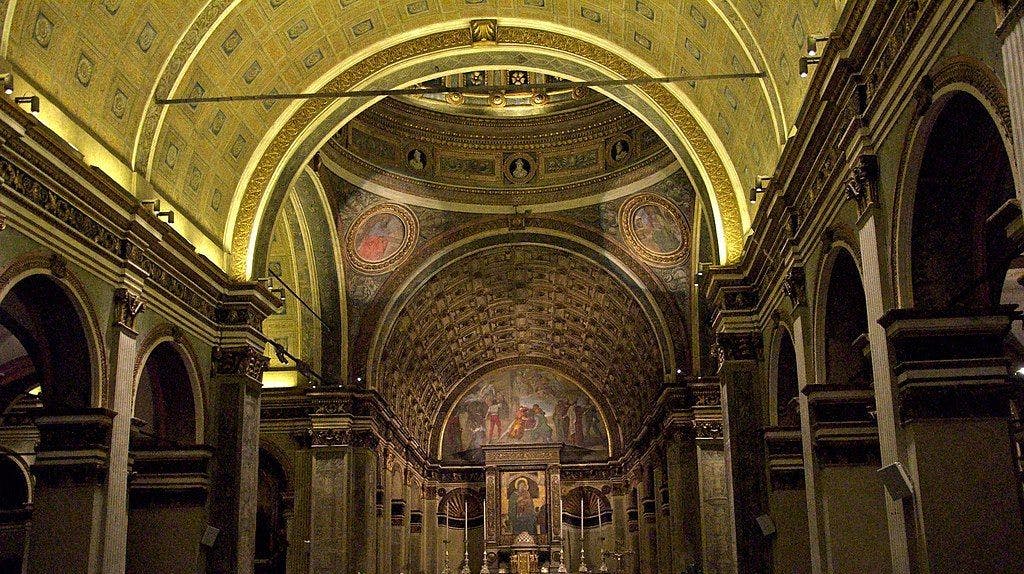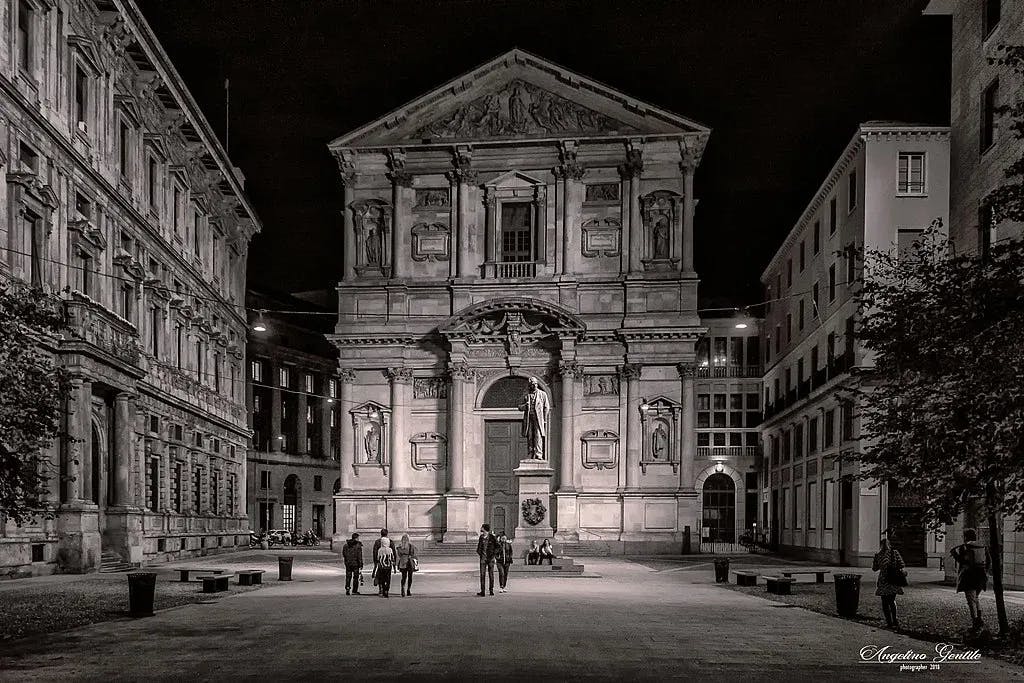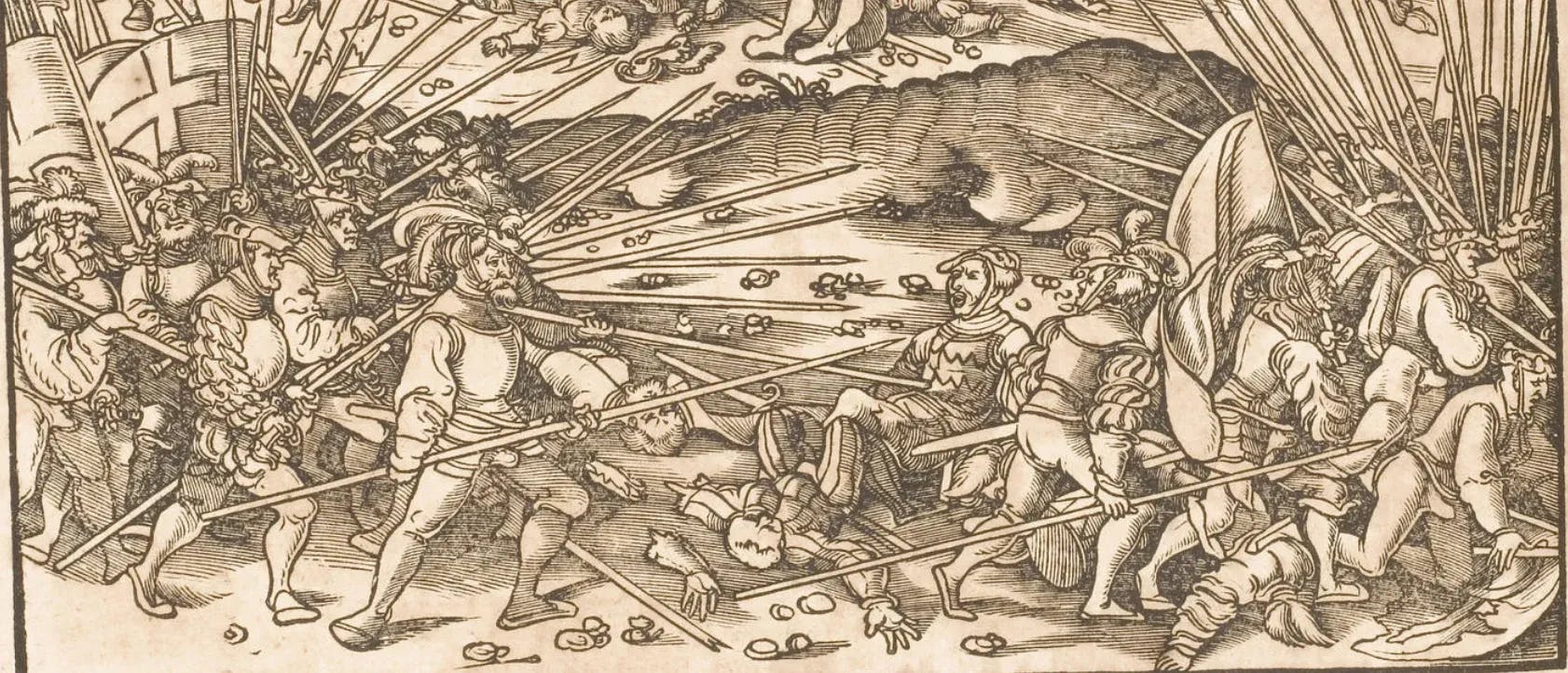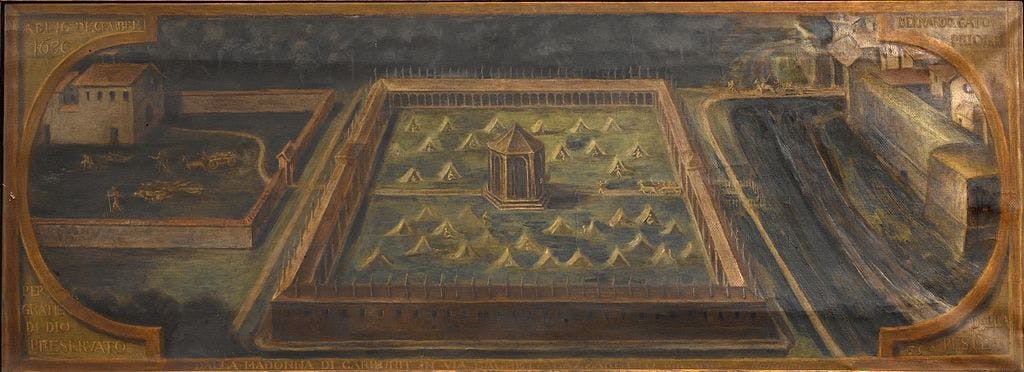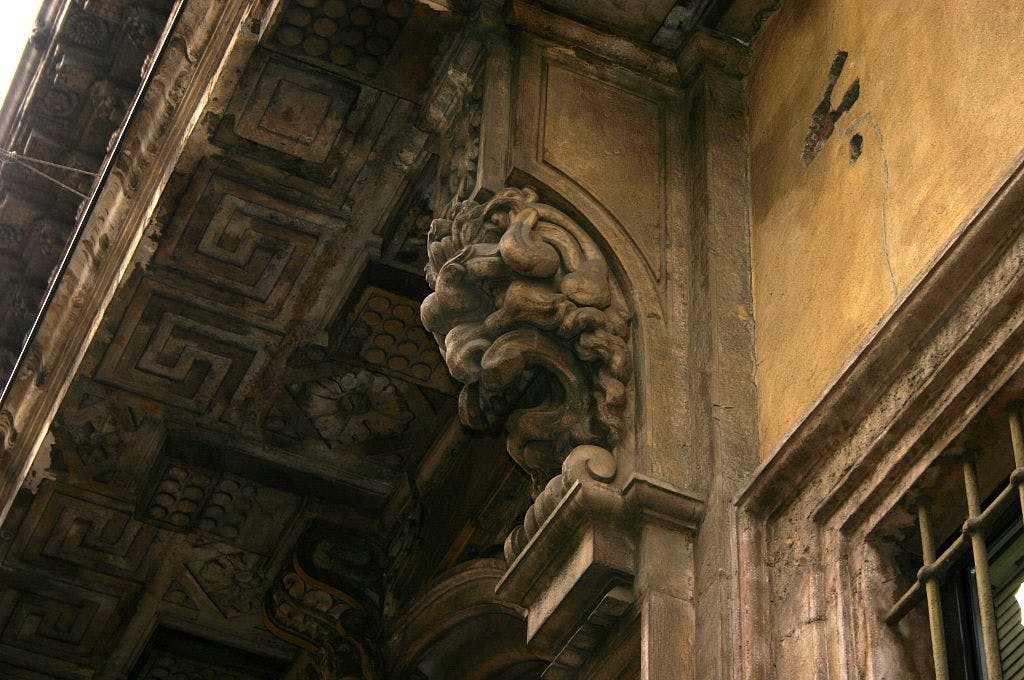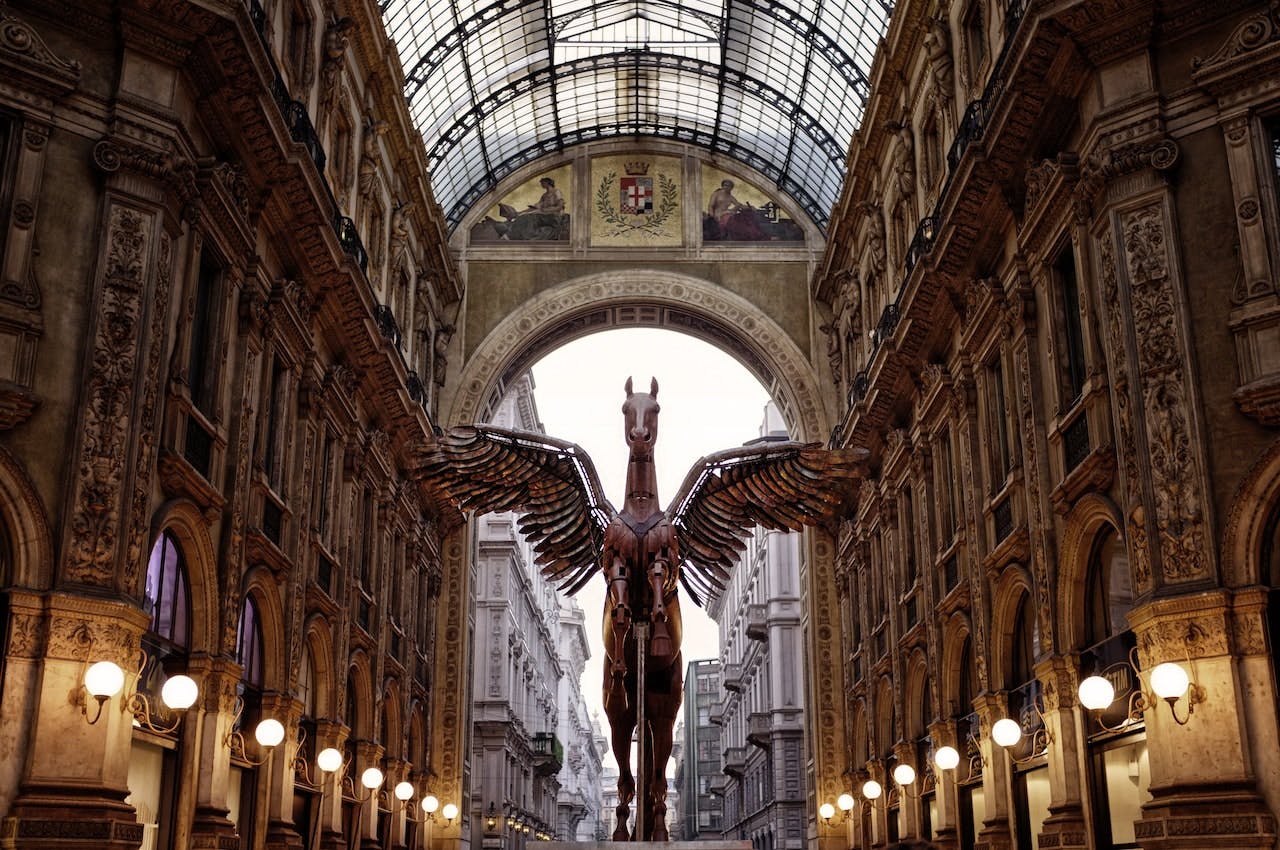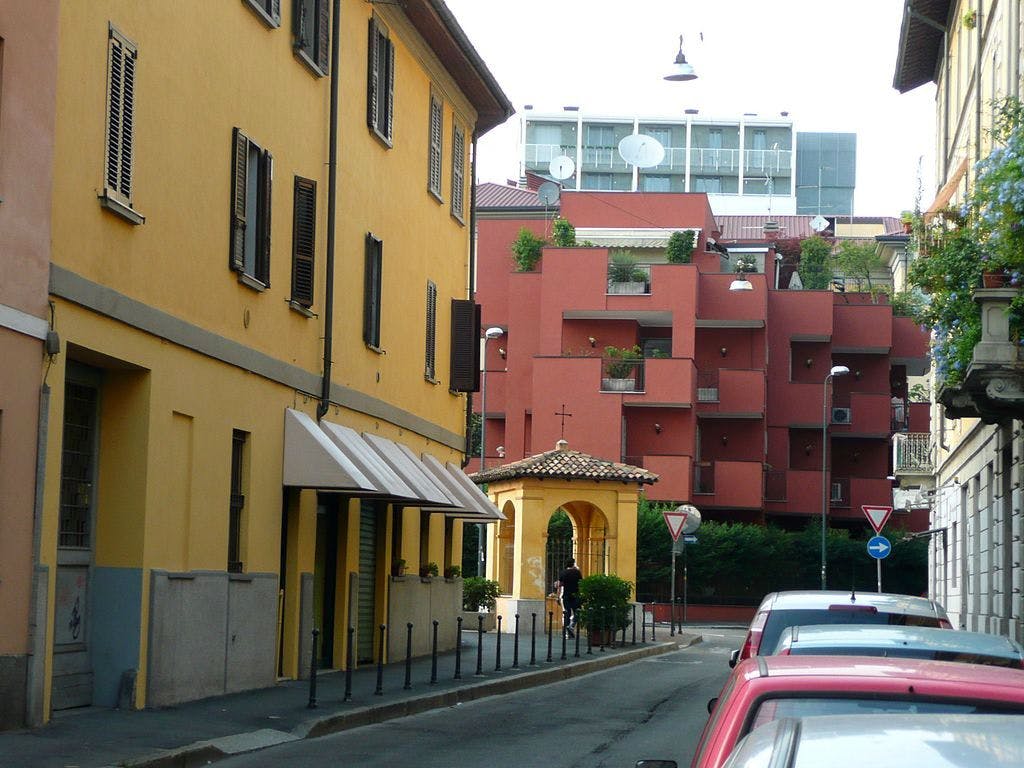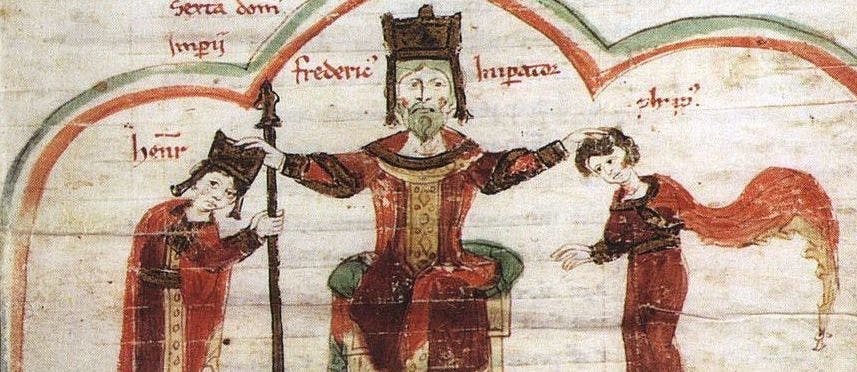Inside the Milan cathedral, there is a statue that goes unnoticed by many. It is the statue of Bartholomew, one of the twelve apostles of Christ, who suffered atrocious martyrdom, according to some sources.
The macabre statue in the dome of Milan
By
Bartholomew was originally from Galilee, a historical region that would occupy a portion of the West Bank today. This territory occupies the west bank of the Jordan River in the Middle East, specifically in northern Israel and southern Lebanon. He represents an influential figure in that he was one of the twelve apostles who followed Jesus.
Most of the information inherited today about the story of St. Bartholomew comes from the Gospel, but there are many representations of the saint in the artistic sphere.
As the popular hagiography says, the apostle suffered a brutal death in an attempt to spread the divine message in one of his long missionary journeys. Although several stories hover about Bartholomew’s martyrdom, the most popular one is that he was flayed and then beheaded for his Christian faith during one of his missionary journeys.
To this day, we inherit many depictions of the martyrdom of St. Bartholomew, but perhaps one of the most unique is a statue in Milan Cathedral. This statue was sculpted by the precise and meticulous hand of Renaissance sculptor Marco D’Agrate.
Entitled “San Bartolomeo Scorticato” and made around 1562 CE, it was one of his best-known works.
At first glance, the statue appears without any particular uniqueness, but after a few moments, it is possible to notice the anatomical details of the saint’s body.
However, there is a somewhat visually striking fact about this masterpiece. What appears to be a cloak Bartholomew wears around his naked body is not clothing, but his own skin, symbolising the cruel punishment he endured.
Marco D’Agrate, figuring the saint’s body without skin, did an admirable job highlighting every single body’s ligament, muscle, and tendon.
The artist, with skilful mastery, not only succeeds in representing the human body by emphasising the anatomy of the Saint but also forms a unique combination of the religiosity of tradition and the scientific anatomic development that characterised the historical period of the 16th-century sphere of interest.
The statue is located in the right-hand wing of the Cathedral transept and, with its uniqueness, fascinates those who know and can appreciate value beyond appearance.
Written on the statue’s pedestal is the Latin phrase “Non me Praxiteles, sed Marcus finxit Agrates” with which the artist himself confirms his manufacture of the figure and not the famous Athenian sculptor Praxiteles of ancient Greece. In fact, because of the style and artistic perfection, perhaps with some irony, Marcus D’Agrates points out that he is the author of this work, thus comparing himself to one of the greatest sculptors of all time.
This Milanese statue is not the only depiction of the saint; in fact, according to tradition St. Bartholomew is the most essential flayed Christian martyr. During the 16th century CE, images of his punishment were so popular that they became the identifying symbol of the saint himself in the field of art.
Another noteworthy depiction is that of Michelangelo‘s fresco in the beautiful “Last Judgment” in the Sistine Chapel.
Here below, the saint is portrayed clutching his skin while holding in his other hand the knife, the instrument of his punishment.
